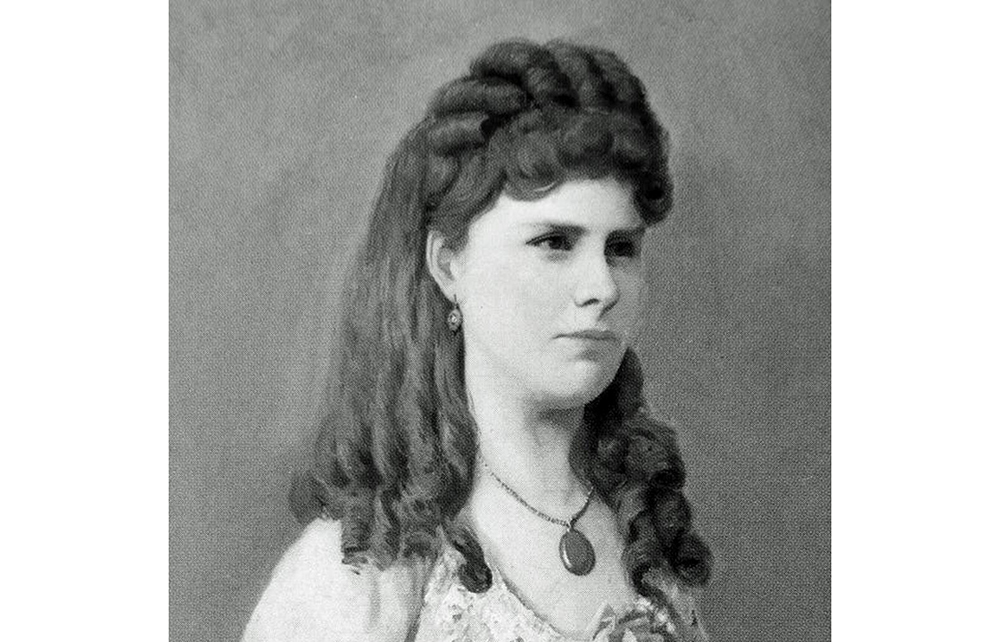In her disillusioned later years Thomas Hardy’s first wife, Emma, bitterly reflected: ‘He understands only the women he invents – the others not at all.’ In Hardy Women, Paula Byrne sets out to recover the stories of the women in his life ‘who did not have a voice and who were often deliberately omitted from Hardy’s self-ghosted autobiography’, in order to reveal that ‘the magnificent fictional women he invented would not have been possible without the hardship and hardiness of the real ones who shaped his passions and his imagination’. She has not come up with anything that radically changes what we already know of Hardy’s background and what he did with it, but her approach works as an interesting exercise in Victorian social history, and she is particularly sensitive to the conflict in Hardy between the indelible influence of his background among the rural Dorset poor and the polite society to which his growing literary fame attached him.
As a lover, Hardy was both extremely susceptible and profoundly unavailable
His mother remains the dominant influence. Jemima Hardy was probably the beneficiary of a charitable education as well as the survivor of a rough country childhood on poor relief. She went into service at the age of 13, already knowing that her favourite author was Dante. Hardy never publicly admitted that Jemima had been a servant, or that she was pregnant when she left service to marry a builder who brought her to live with his mother in a cottage in Higher Bockhampton on the outskirts of Dorchester.
Jemima’s aspirations were thenceforth turned on her children. She sent Thomas, her first-born, to school, aged five, with Dryden’s Virgil and Samuel Johnson’s Rasselas. He was a notably brilliant child, attentive and musical and passionately attached to his aristocratic patron teacher despite a general aversion to being touched.







Comments
Join the debate for just £1 a month
Be part of the conversation with other Spectator readers by getting your first three months for £3.
UNLOCK ACCESS Just £1 a monthAlready a subscriber? Log in